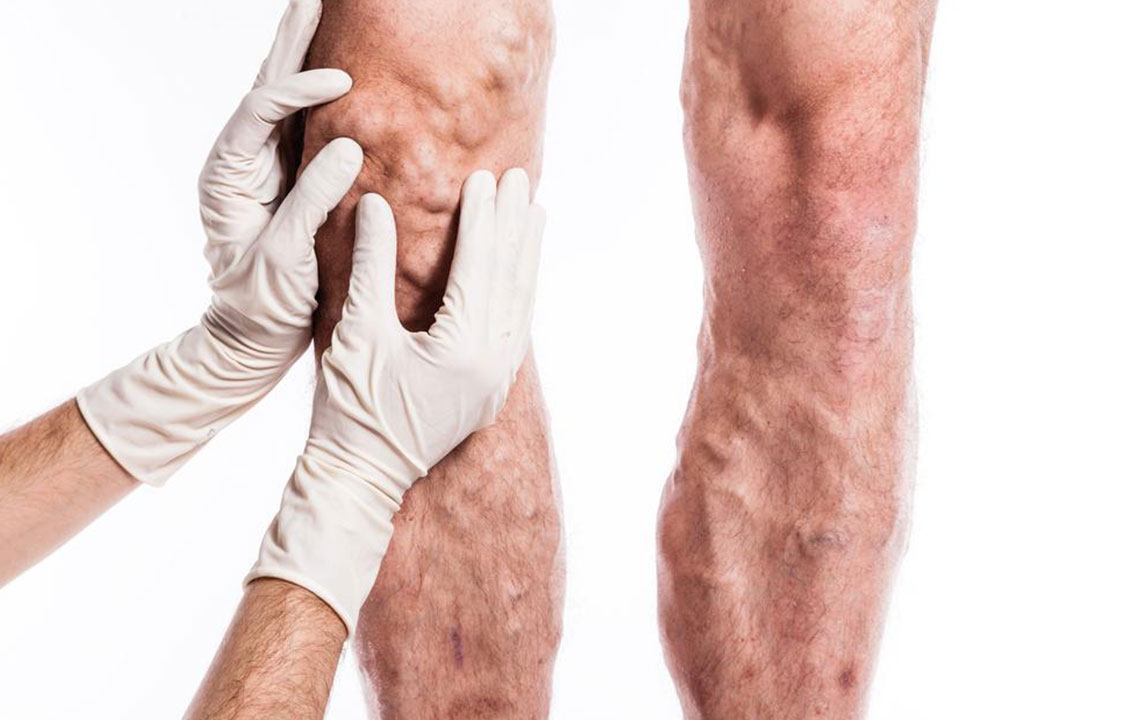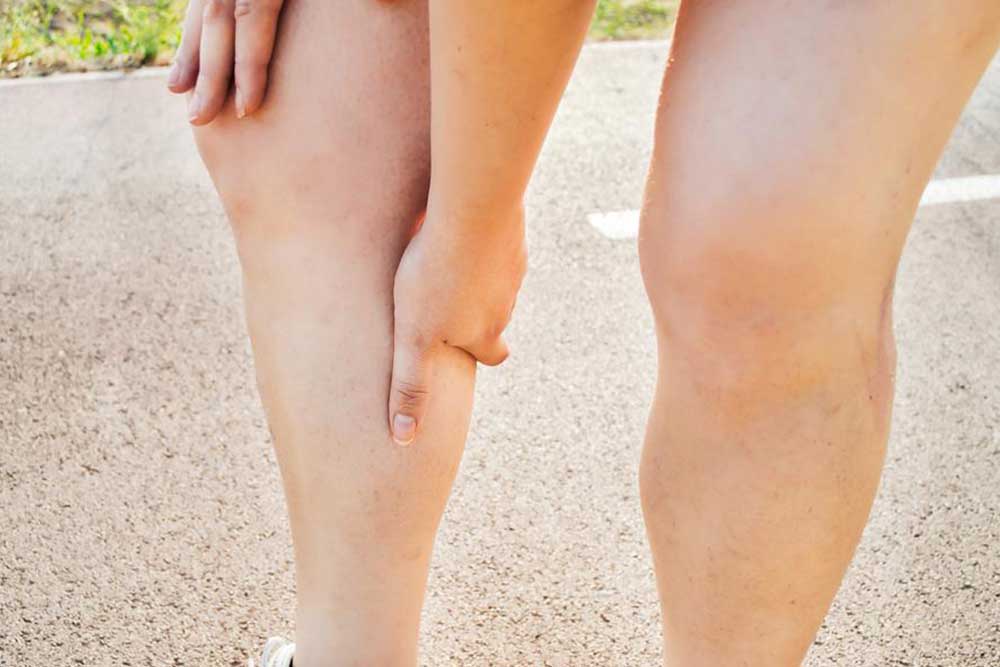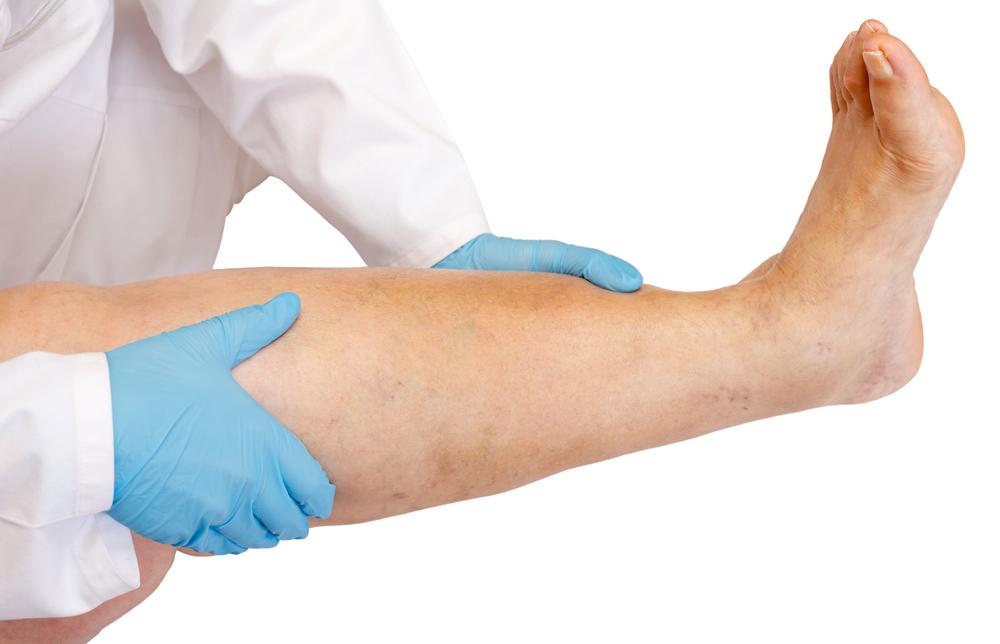Essential Facts About Deep Vein Thrombosis and How to Protect Yourself
Learn essential facts about Deep Vein Thrombosis (DVT), including risk factors, early symptoms, and effective prevention strategies. Early detection and lifestyle changes are key to avoiding serious complications like pulmonary embolism. Understand the importance of medical management, healthy habits, and vigilant monitoring to maintain vascular health and lower your risk of DVT.

Essential Facts About Deep Vein Thrombosis and How to Protect Yourself
Deep Vein Thrombosis (DVT) is a medical condition characterized by blood clots forming in deep veins, typically in the legs. These clots can turn the blood into a gel-like substance, increasing health risks. DVT commonly affects the thighs and lower legs but can occur elsewhere, leading to thromboembolism. Recognizing early symptoms and risk factors is crucial for prevention and prompt treatment.
At-Risk Groups
Individuals over 50 years old are more susceptible to DVT. Several physical and lifestyle factors can elevate the risk, making awareness vital.
Factors contributing to DVT include damaged veins, obesity, and genetic predisposition. Additionally, women on birth control pills or hormone therapy may experience increased risk. Smoking, sedentary lifestyles, and lack of physical activity also play significant roles.
Damaged or injured veins
Obesity exerting pressure on leg and pelvic veins
Genetic factors and family history
Hormone treatments and birth control pills
Smoking and unhealthy lifestyles
Stay Alert and Protective
Older adults, particularly those over 50, should watch for signs such as swelling, pain, warmth, and color changes in the legs. Early detection is vital to prevent complications like pulmonary embolism. Symptoms include unilaterally swollen legs, muscle cramps, sudden pain, warmth, and discoloration. Many individuals remain asymptomatic, underscoring the importance of regular health checks. Untreated DVT can be fatal if the clot travels to the lungs.
Management includes medications like blood thinners, compression stockings, and, in severe cases, surgical removal of clots. Lifestyle changes like weight control, regular exercise, and avoiding smoking are effective prevention strategies. Maintaining a healthy lifestyle significantly reduces DVT risk. Prioritize your health for a safe and active life.
Note:
Our platform provides detailed health information across various topics. While our insights aim to be accurate and helpful, they should not replace professional medical advice. Always consult healthcare providers for diagnosis and treatment options. We do not assume responsibility for inaccuracies or differences in medical data across sources. Stay informed, and consult professionals for personalized healthcare decisions.










